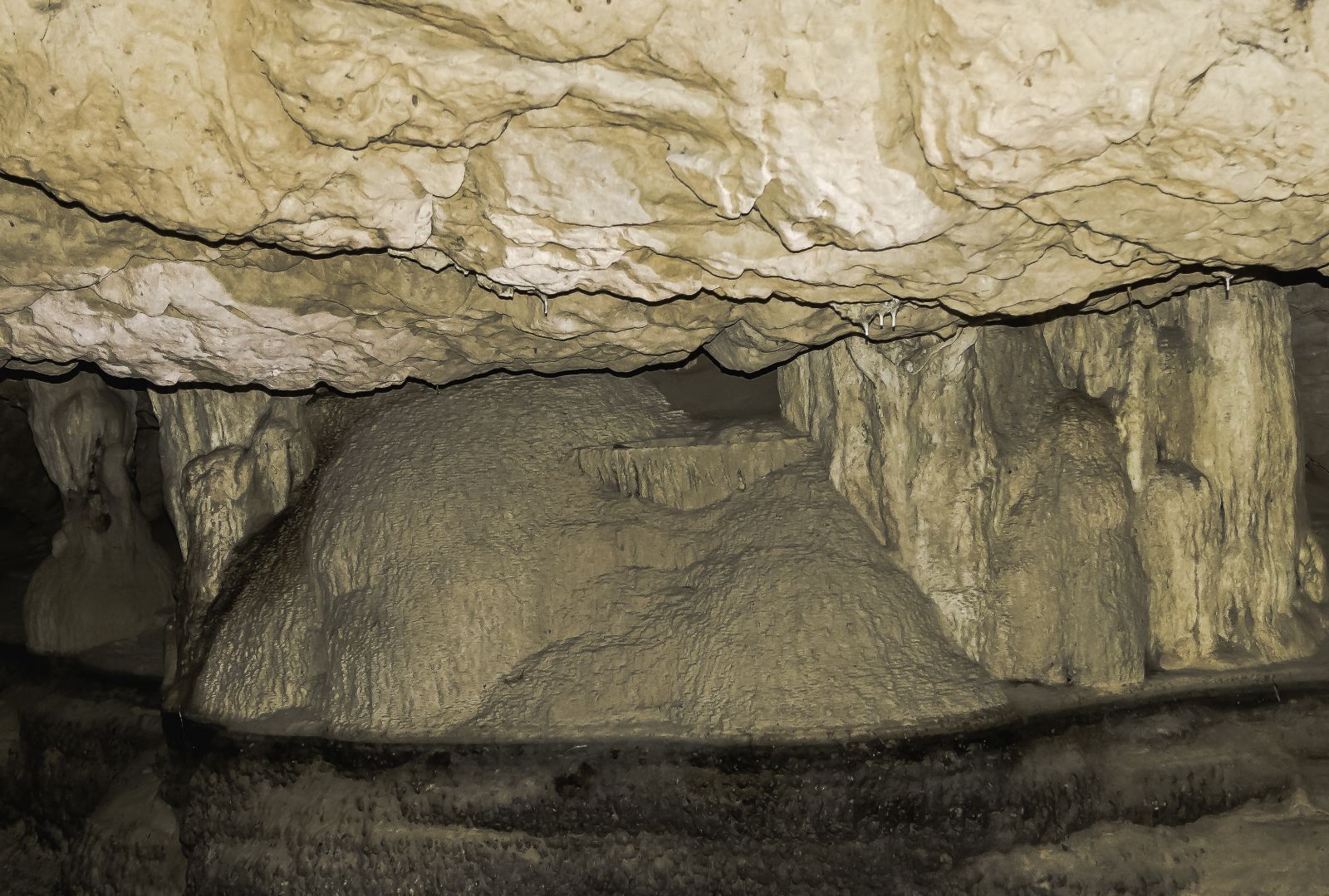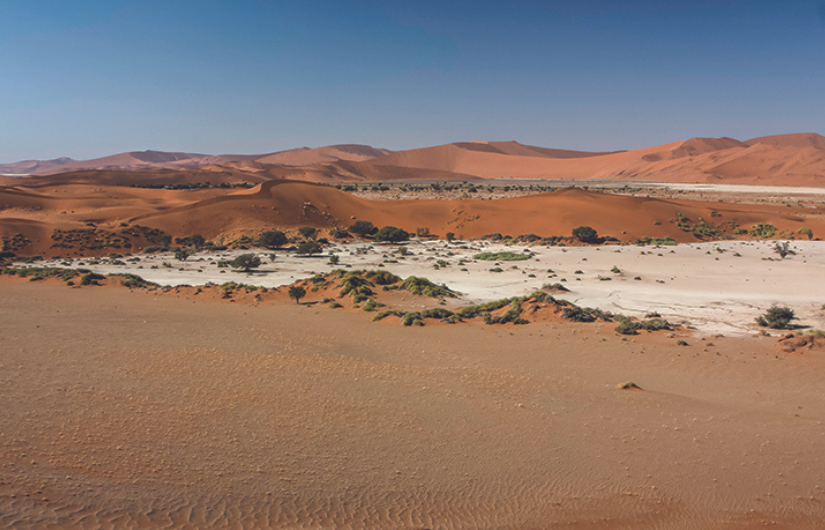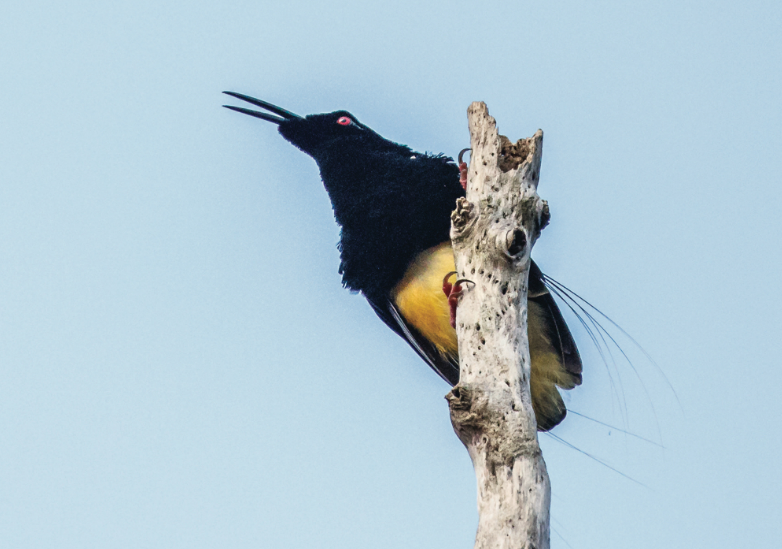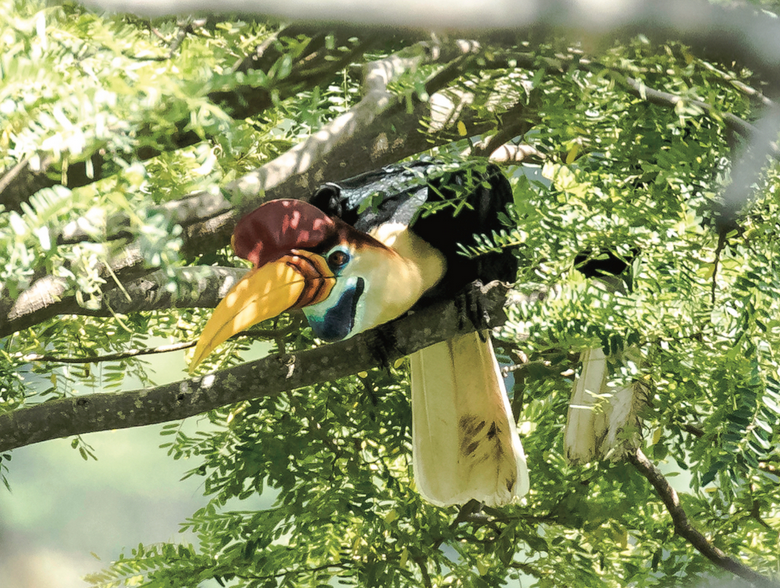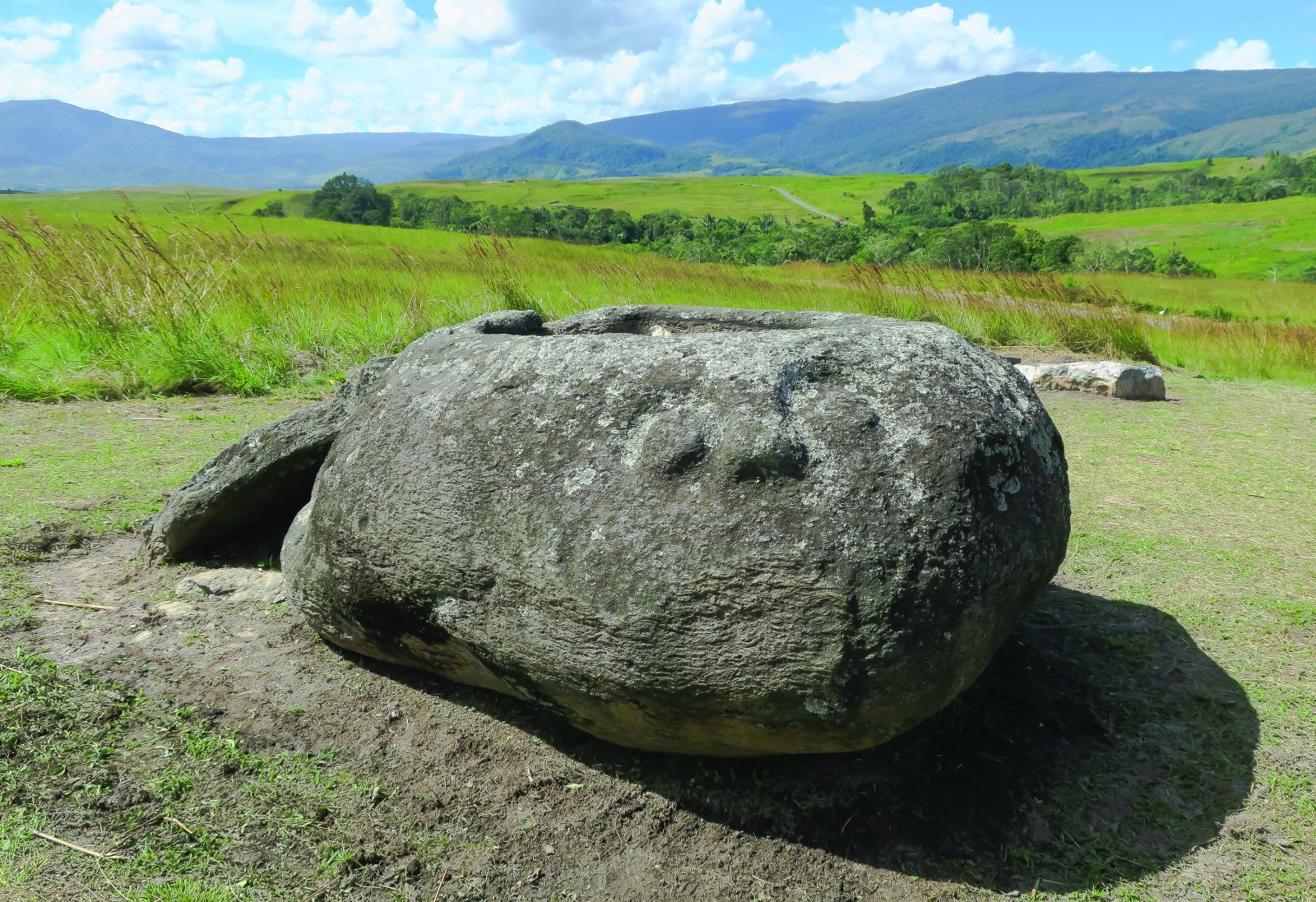The world-renowned successful rescue of the 13 members of the Wild Boar local football team trapped inside a flooded cave in Chiang Rai, Thailand, in July 2018, aroused my interest in limestone cave exploration for my documentary television program in Thailand. My research on the existence of the caves in Thailand has revealed the number of the already explored caves to be around 4,000 located in the northern, north-eastern, western and southern regions of the country. The nation-wide geological survey by the Department of Mineral Resources has estimated the remaining unexplored caves to number at least 5,000.
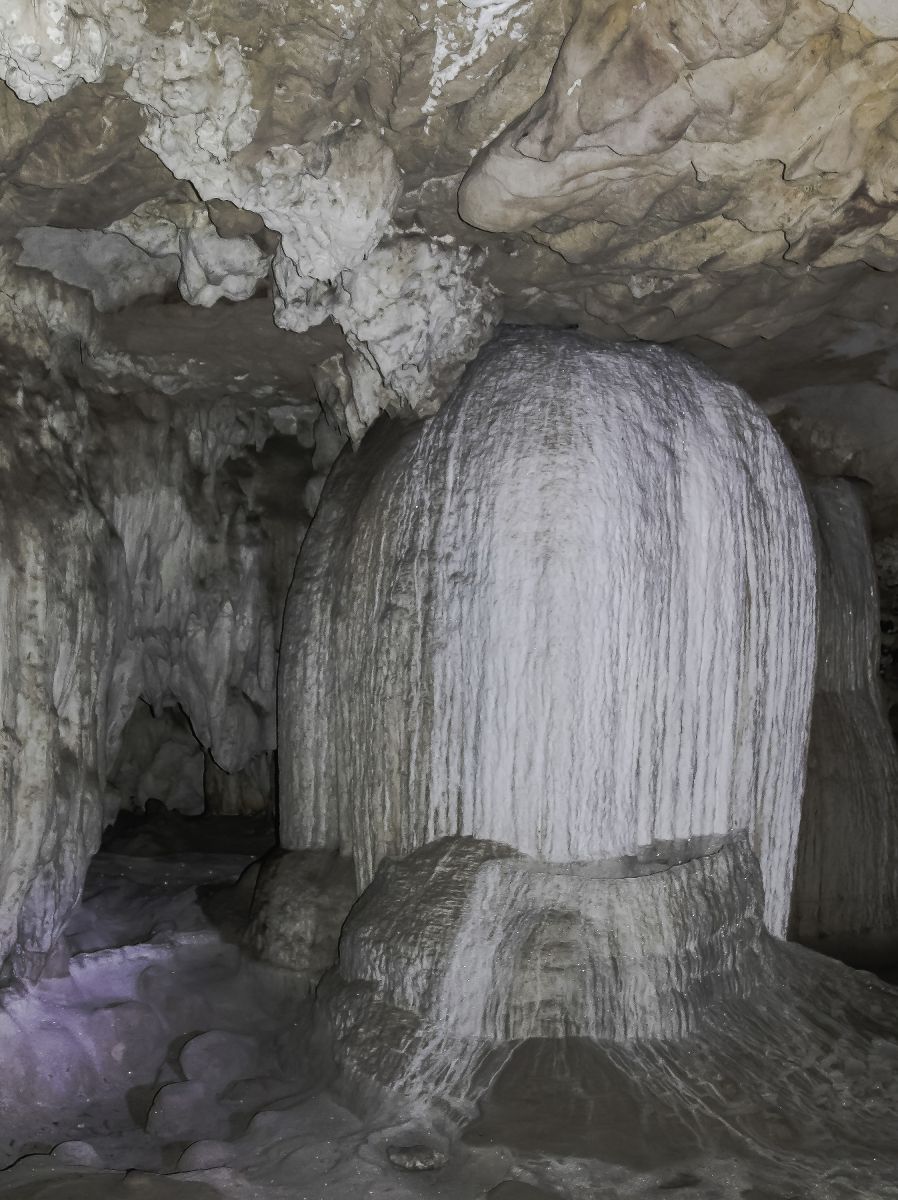
The first factor to consider in exploring the caves in Thailand is the weather. The safest time is during the dry season from December to April while the wet season from May to November, which brings heavy rainfall and flooding inside many caves should be avoided as they become inaccessible and dangerous.
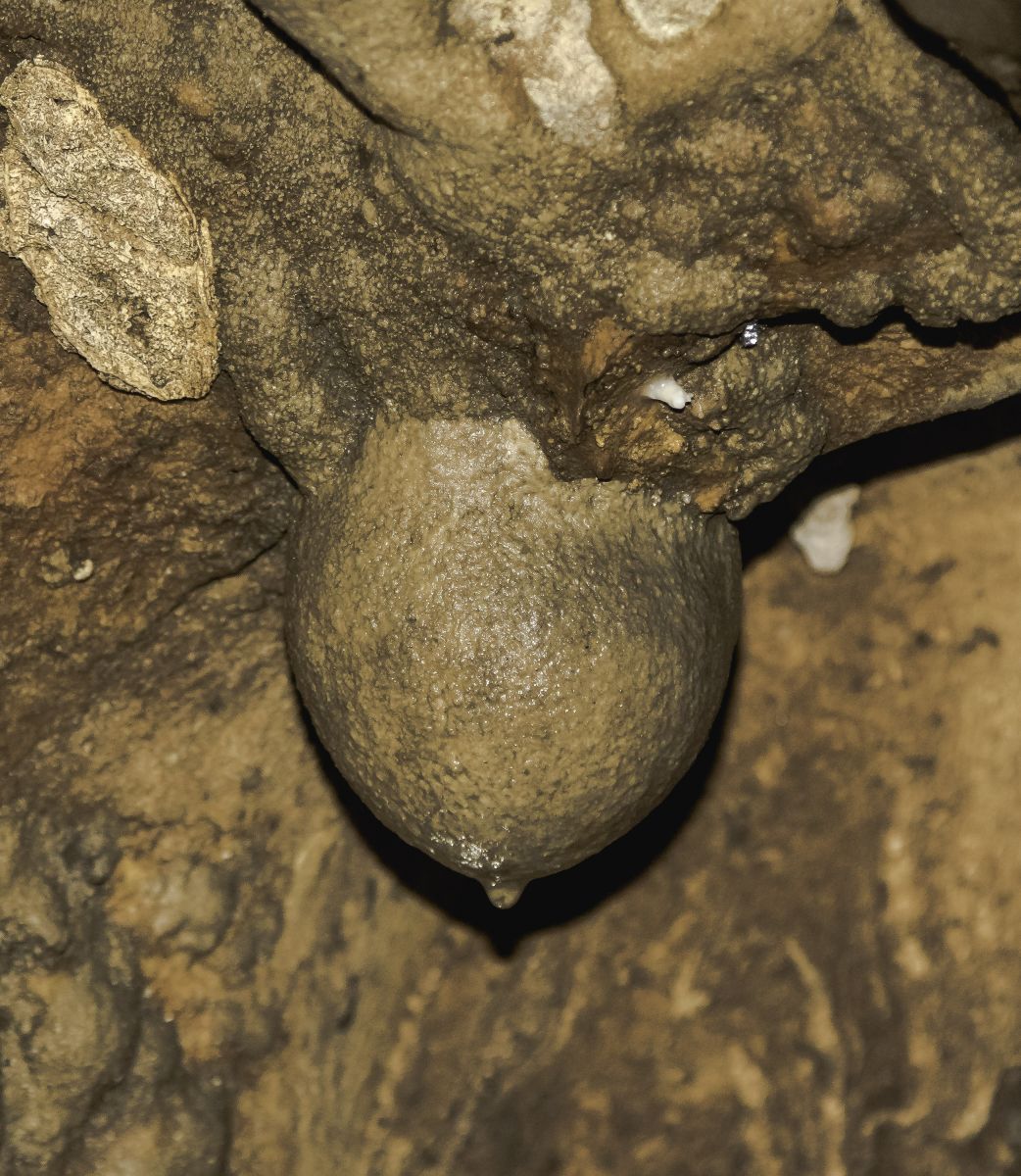
The most important fact about caves is that they are completely dark inside. Carrying a flashlight, torch or lamp is absolutely necessary. Wearing a helmet will prevent head injury from colliding with stalactites and a low cave ceiling, while a pair of durable trekking shoes will protect your feet from stalagmites and sharp rocks on the cave floor and facilitate climbing over large fallen boulders from the ceiling.
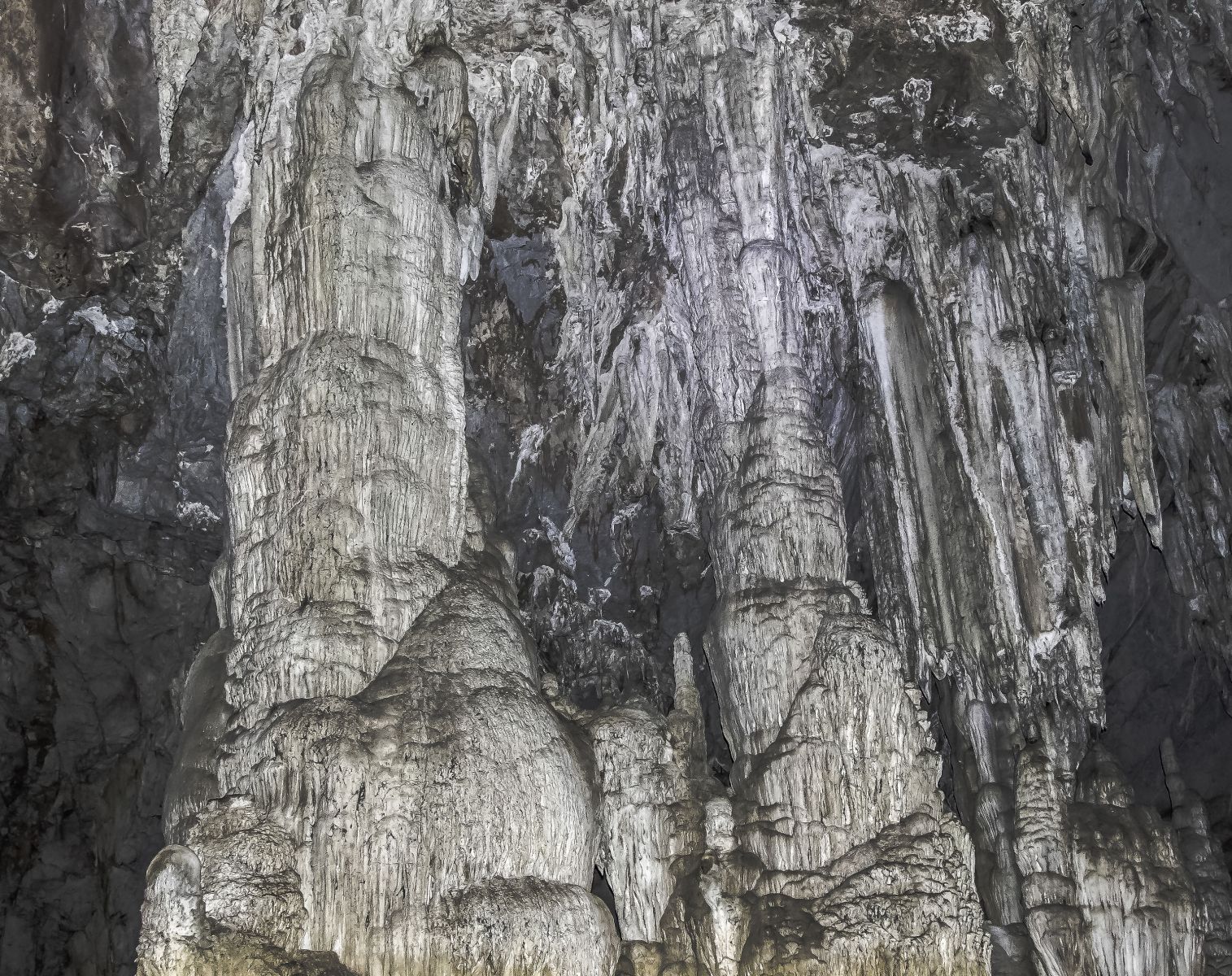
I have found exploring caves challenging, fun, educational and a photographic adventure. I’ve become fascinated by several different types and shapes of speleothems in each cave and wondered at how Nature could create such magnificent and delicate limestone sculptures in complete darkness and conserve their conditions for millions of years. It has been surveyed, analyzed and estimated that the formation of one-fourth to one inch of a speleothem would take around one hundred years.
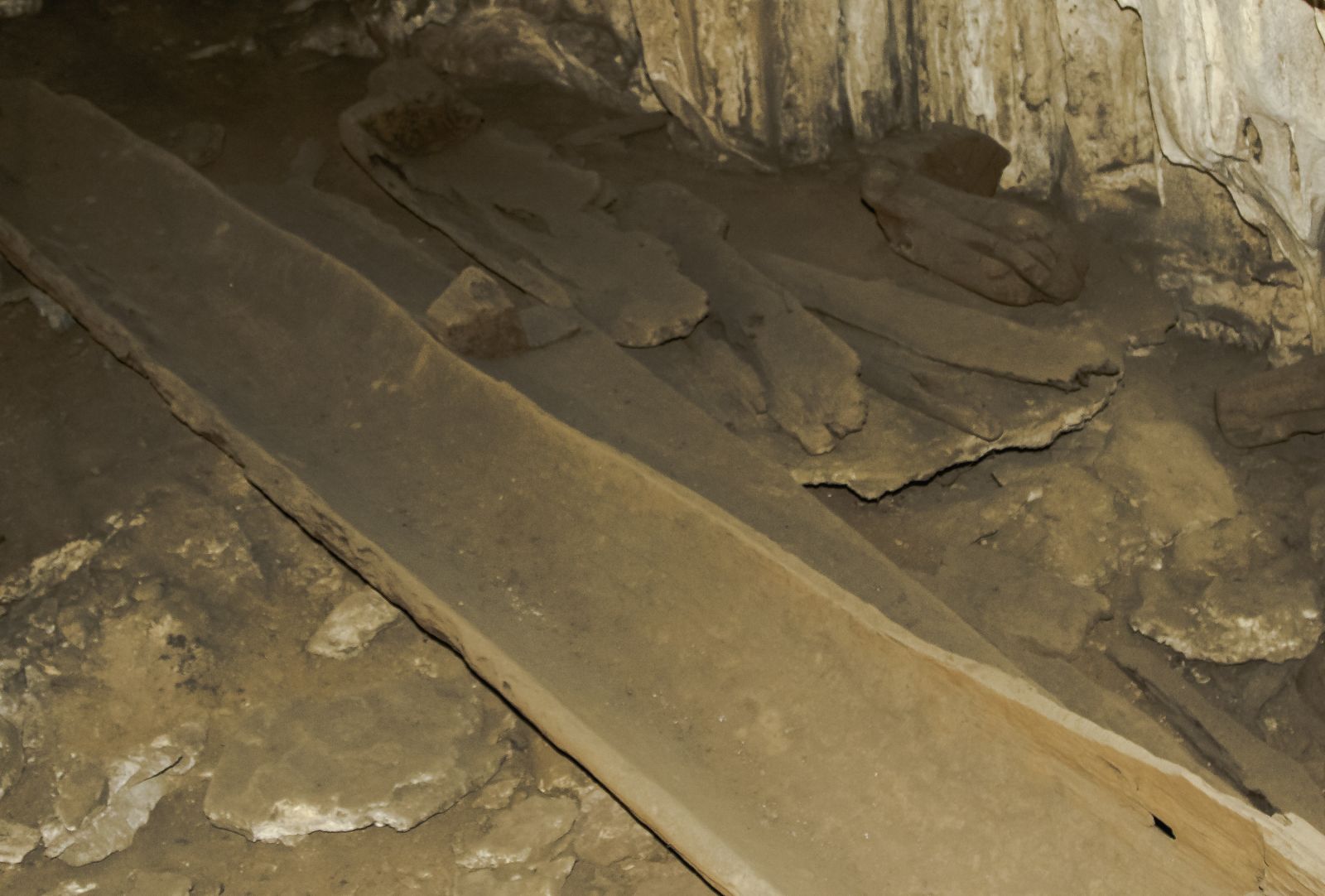
Six kinds of speleothem most commonly found in limestone caves are stalactites, stalagmites, columns, soda straws, flowstone and draperies. I was captivated by the speleothems in the caves I explored in Pang Ma Pha District in the province of Mae Hong Son in northern Thailand bordering Myanmar. I’d like to focus now on three caves in particular - Tham Lod, Tham Pagarung and Tham Pha Daeng (Tham is a Thai word for cave).
Let’s begin with Tham Lod. The map of Tham Lod shows that the cave, 655 metres long, comprises three small caves - Tham Sao Hin (Columns Cave) being the largest, Tham Tukkata (Dolls Cave) and Tham Phi Man (Phi Man Cave) - with Lang River passing through the entire length. At the entrance of the cave, we followed the pathway past a tall stalagmite under a high ceiling covered with a cluster of stalactites. After a short walk, we reached a wide flowstone emerging from underneath a low ceiling. Halfway along the flowstone is a rimstone dam about ten metres wide. Hanging down from the ceiling were five white calcite soda straws, each about half a foot long. Both sides of the flowstone were lined with thick columns.
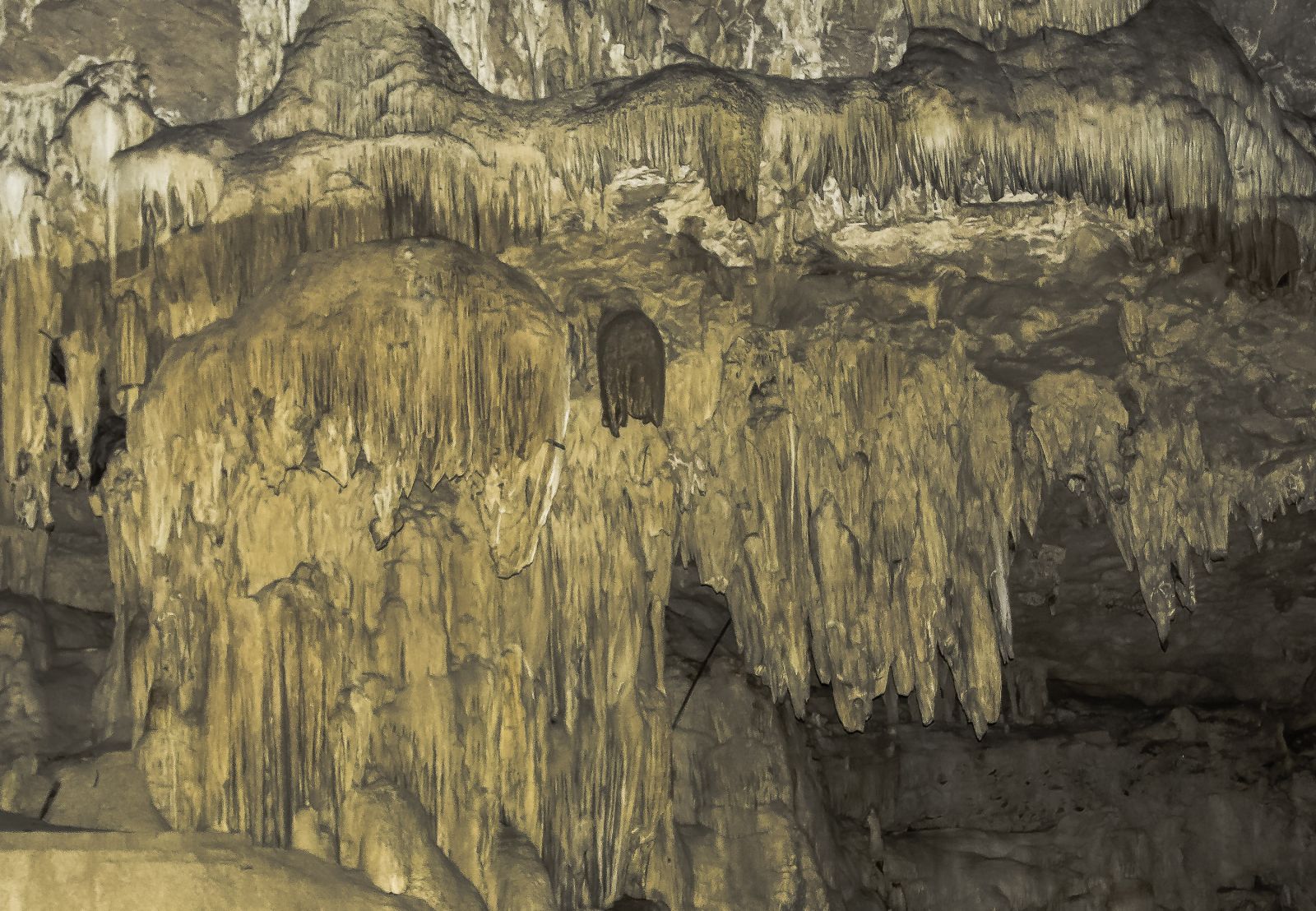
Further down the trail, we approached two large tall columns rising from the floor up to the ceiling. Both columns were decorated with sections of flowstone. Nearby appeared a unique sight of a column comprising several small flowstones stacking up about 20 metres to the ceiling. The first to discoverer this column called it the “Pisa Leaning Tower” after the well-known bell tower of Pisa Cathedral in Italy.
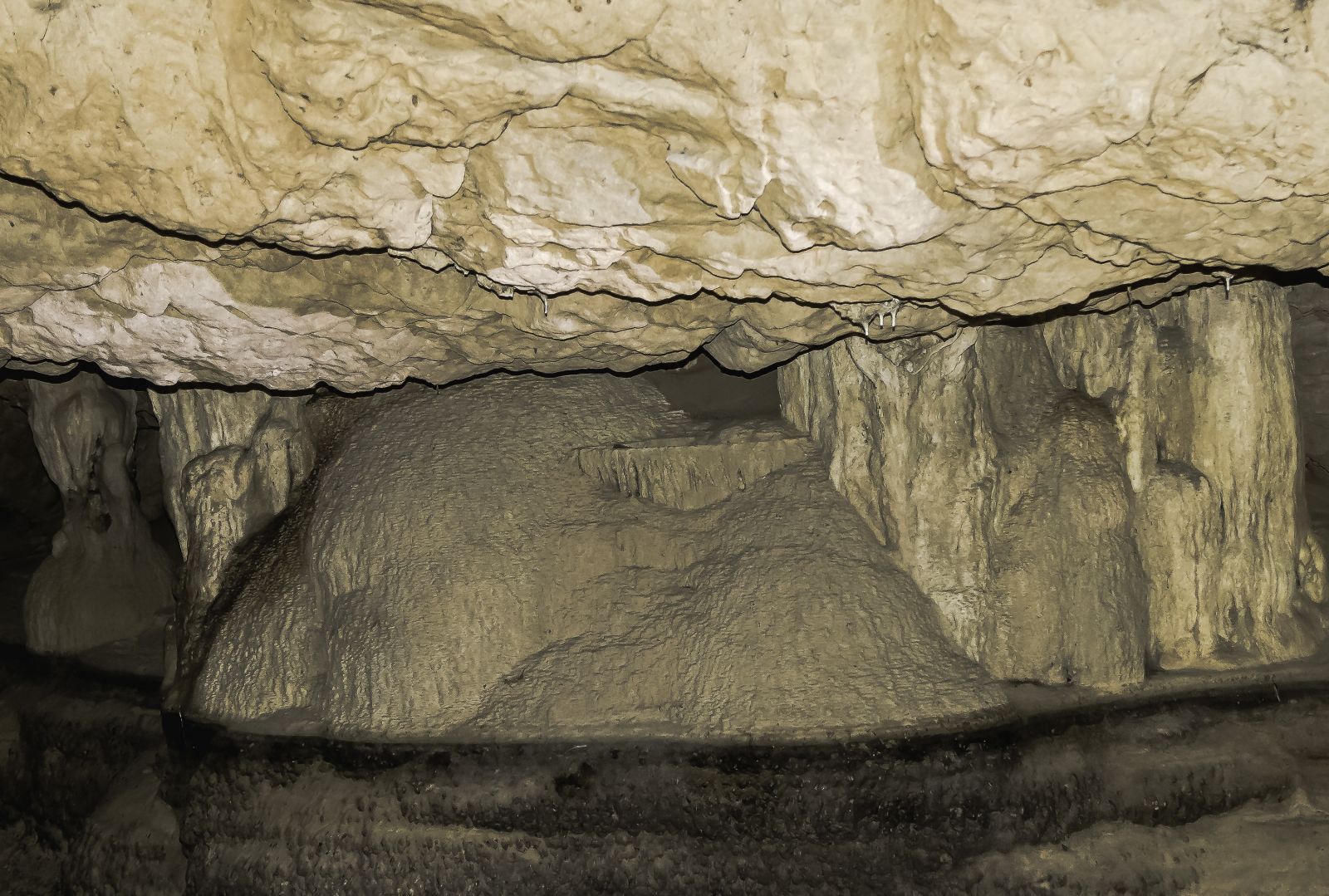
We then arrived at a spacious chamber and stared at the amazing sight of a large sparkling calcite flowstone which in my opinion was the highlight of Tham Sao Hin. It must have taken several million years for an enormous body of water carrying calcite mineral out of a wide crack on the cave wall to form the six-metre-high waterfall. A sizable volume water fell into a rimstone dam below and then flowed through a broken gap of the dam wall down to the cave floor. This movement continued for millions of years and as the water evaporated, it formed a thick sheet of calcite creating the flowstone present today.
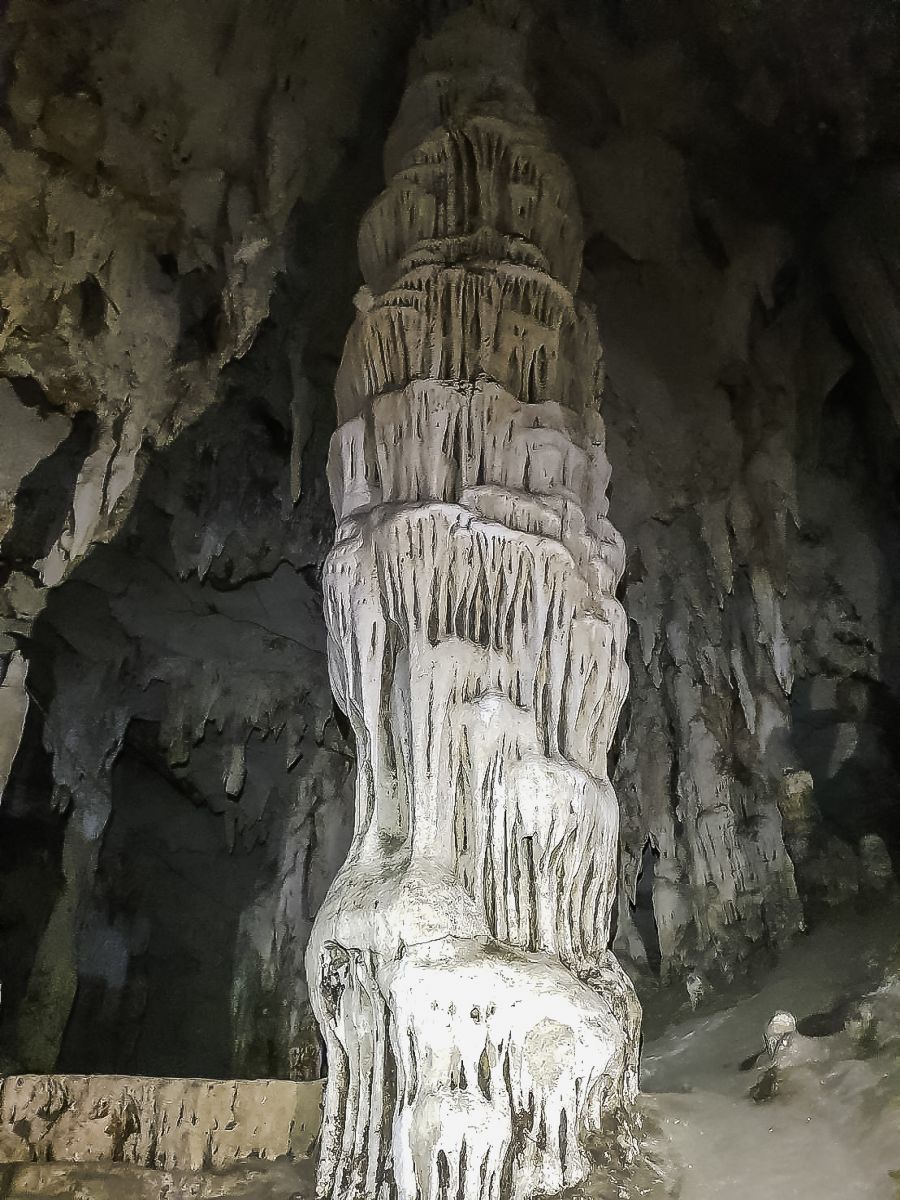
From this iconic flowstone, we walked a short distance to a chamber where we found soda straws hanging from a group of stalactites, dripping water onto the cave floor. Although soda straws and stalactites are classified as separate types of speleothems, they both originate from water dripping through cracks in the cave ceiling. Soda straws are hollow tubular stalactites while normal stalactites usually are cone-shaped and much larger in size.
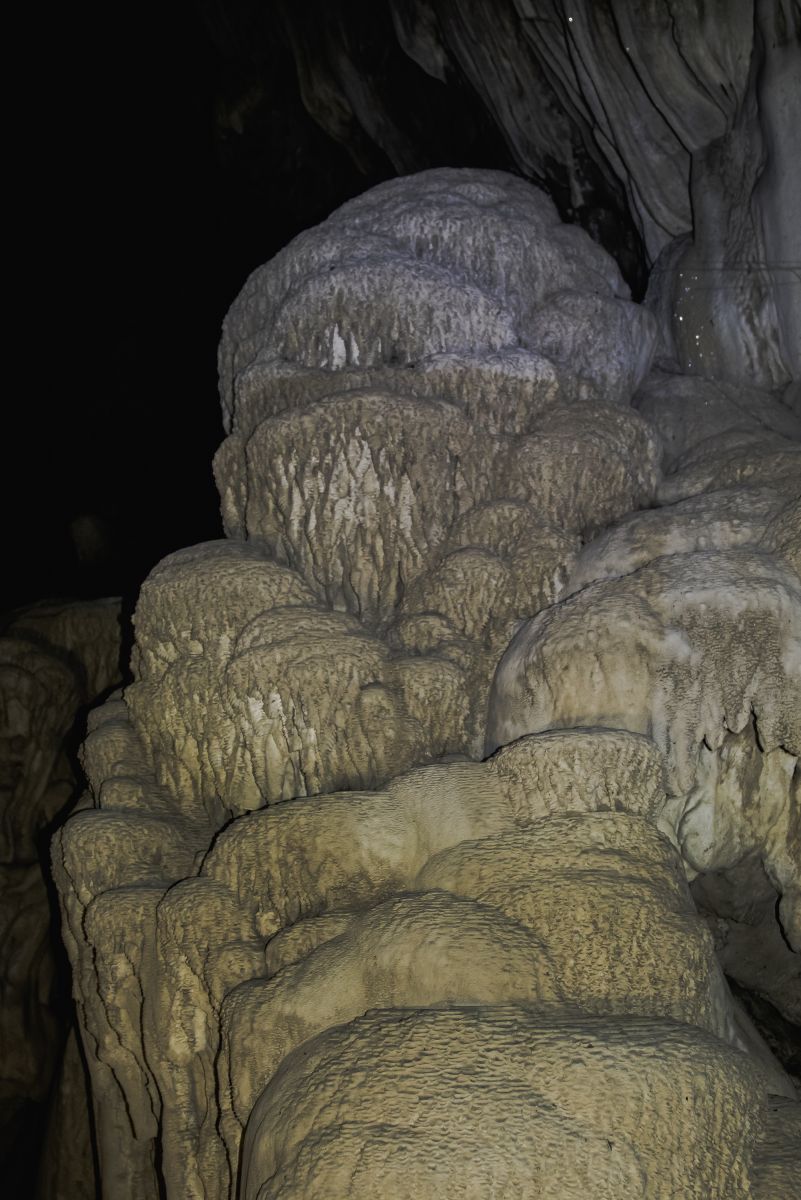
I’d like to mention that our guides in exploring Tham Lod were a ranger from Pai Wildlife Sanctuary and three local female guides carrying large kerosene lamps that provided sufficient light to photograph and film the dark interior of the cave. They guided us to the location of different types of speleothems, which were highlights of the cave, and explained to us how those speleothems were formed.
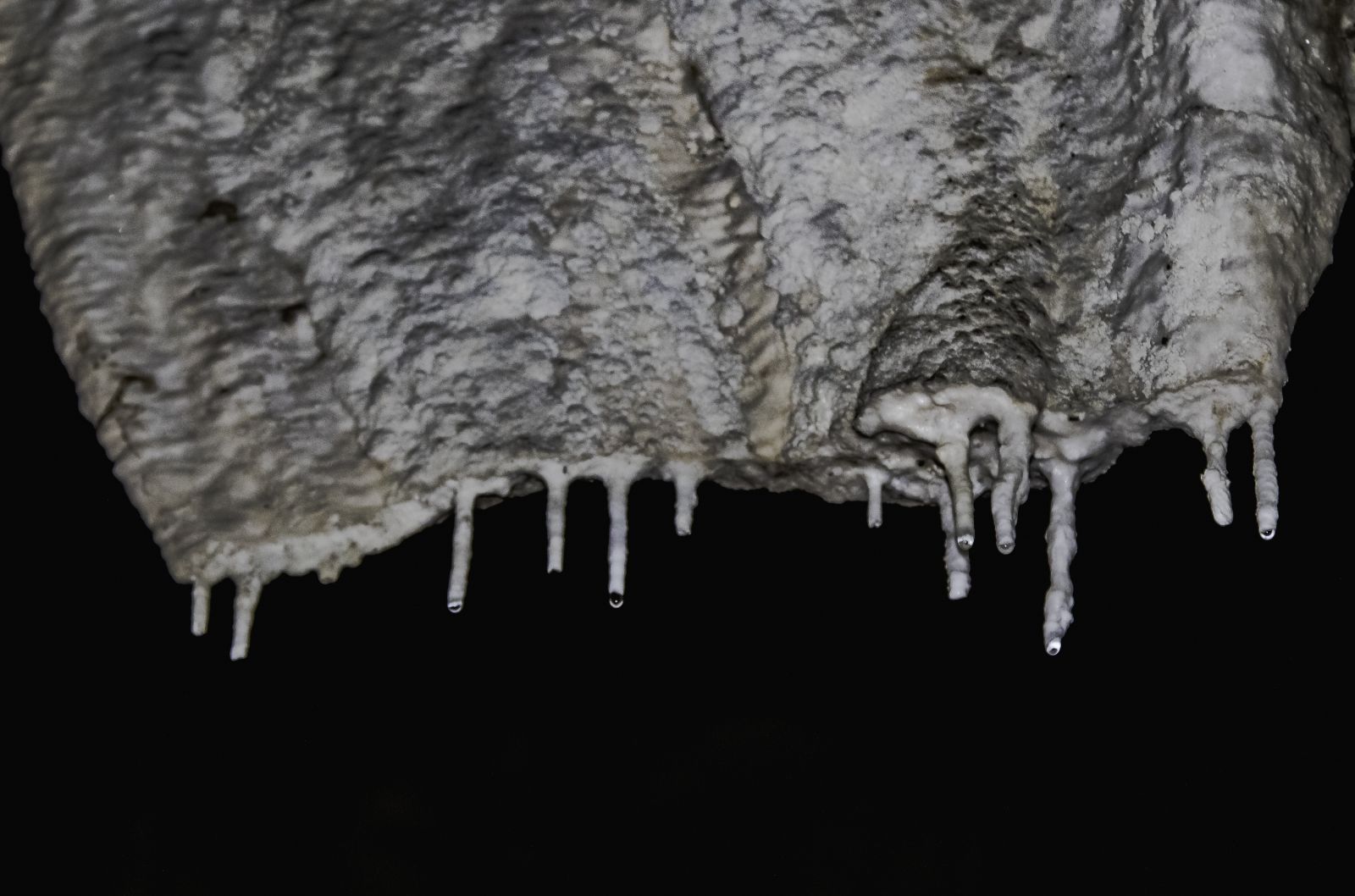
The four guides led us through a large corridor decorated on both sides with amazing shapes of flowstone cascades and draperies until we came to a wooden bridge on which we crossed over the Lang River to Tham Tukkata on the other side. We followed the guides up a wooden stairway of 80 steps to reach a large grotto filled with small stalagmites, imaginably called tukkata, the Thai word for dolls, scattered on the floor and also a cluster of flowstone draperies hanging down from one wall. However, the highlight of Tham Tukkata is a unique and perfect, breast-shaped stalactite, the most photographed speleothem of Tham Tukkata.
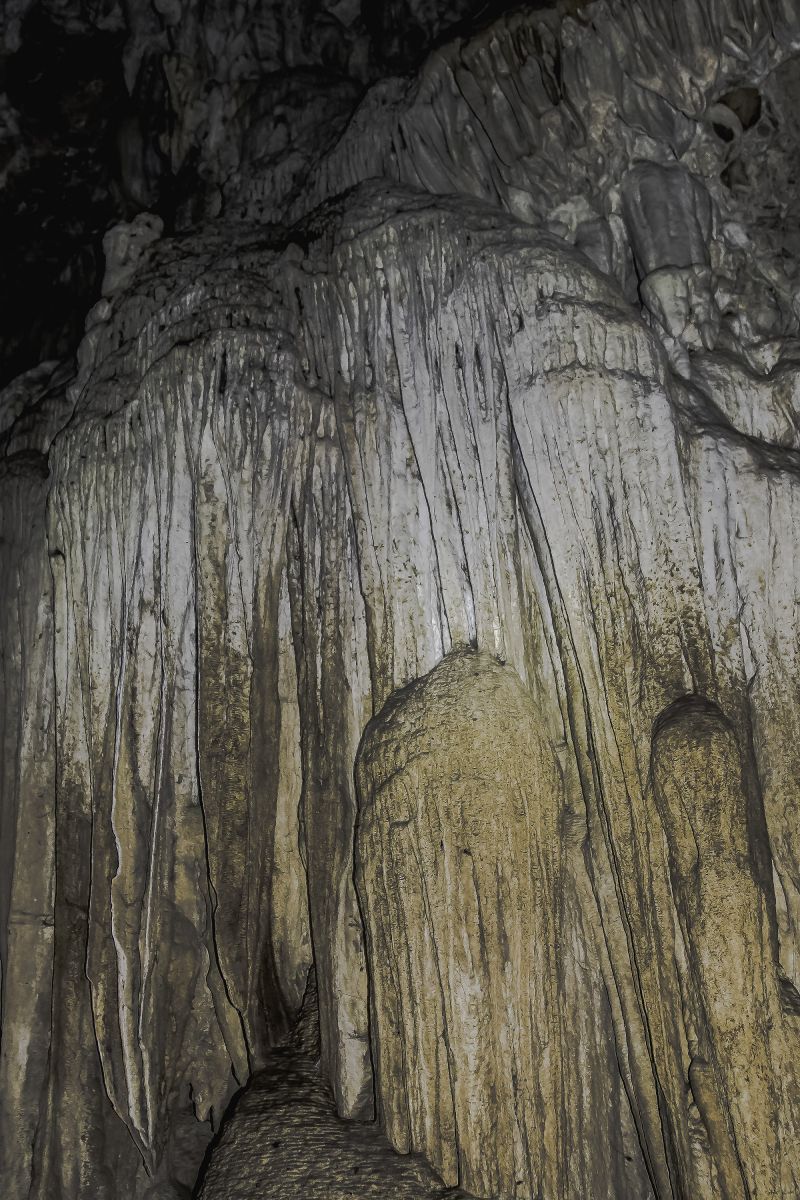
After we explored Tham Tukkata, our guides led us down the stairway leading to a landing on the bank of the Lang River where three sizable bamboo rafts with three local rafters were waiting. We boarded the rafts moved using long bamboo poles on the calm river toward Tham Phi Man about 300 metres away. We reached the entrance where the Lang River exits the cave, stepped out of the rafts and climbed a tall wooden stairway up toward Tham Phi Man.
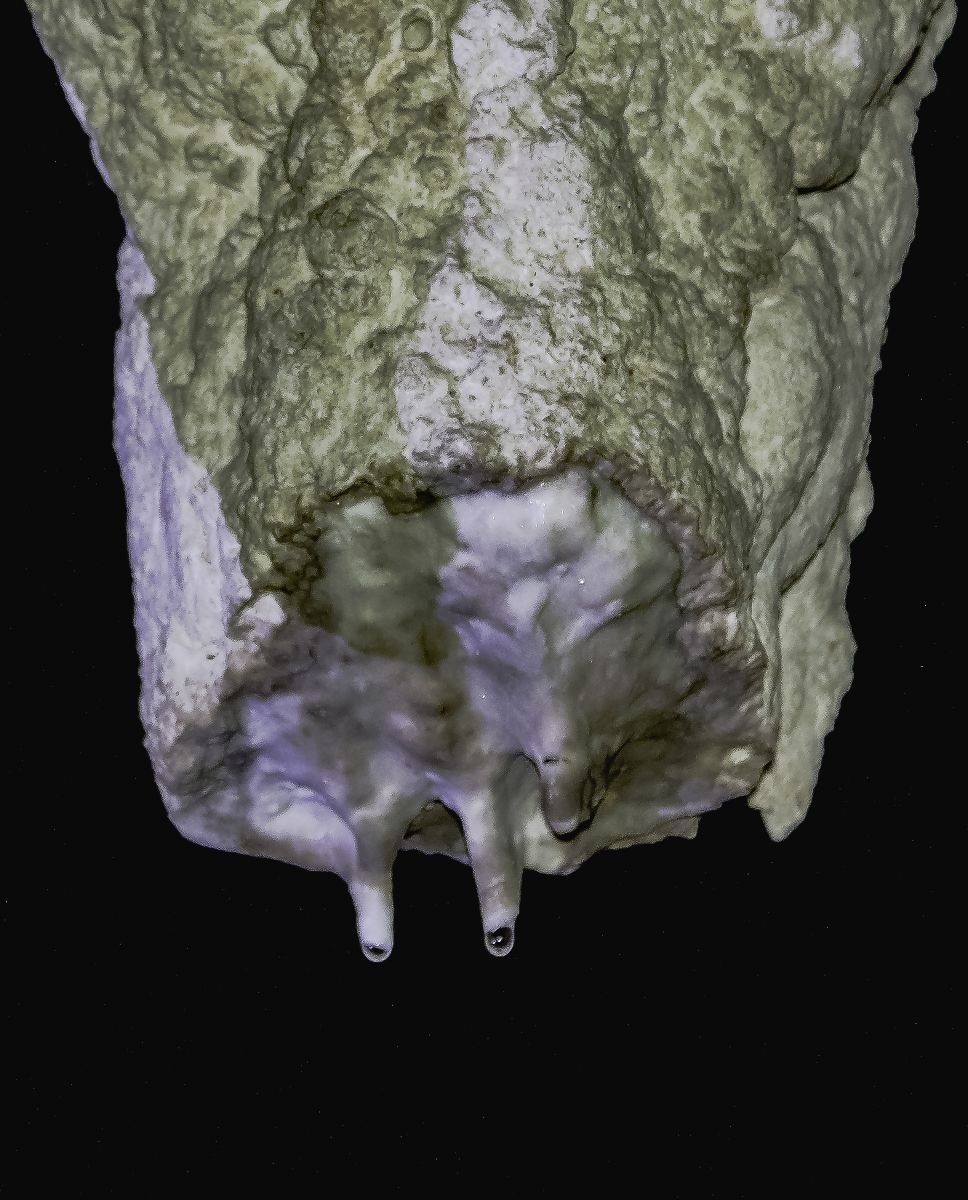
Tham Phi Man at Tham Lod is among 74 ancient burial grounds dating back 2,000 to 3,000 years that were discovered by local villagers 60 years ago. Many remains of teak coffins have been found in caves and rock shelters on the mountains in Pang Ma Pha district of Mae Hong Son province and become part of the valuable archaeological heritage of the country. The remains of 10 ancient teak coffins are located in Tham Phi Man at Tham Lod, which is easy to access.
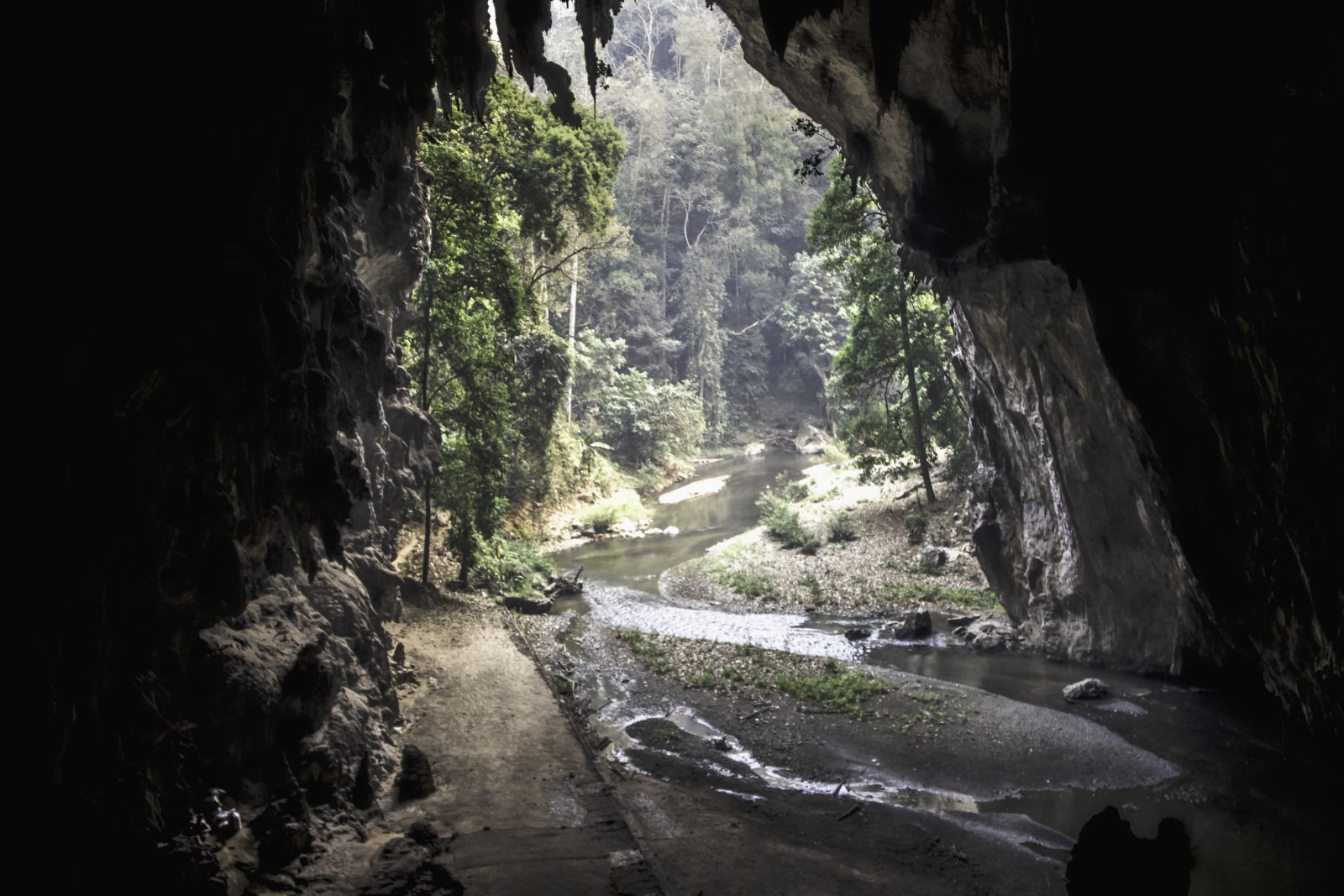
Besides its archaeological importance, Tham Phi Man also features impressive speleothems such as flowstone, stalagmites, stalactites and draperies, which have made it a popular tourist destination.
This, thus, ends the first part of “Amazing Thai Caves”, recounting my cave exploration in Pang Ma Pha, Mae Hong Son. The next issue will cover my venture into Tham Pagarung, or Cave Coral.


